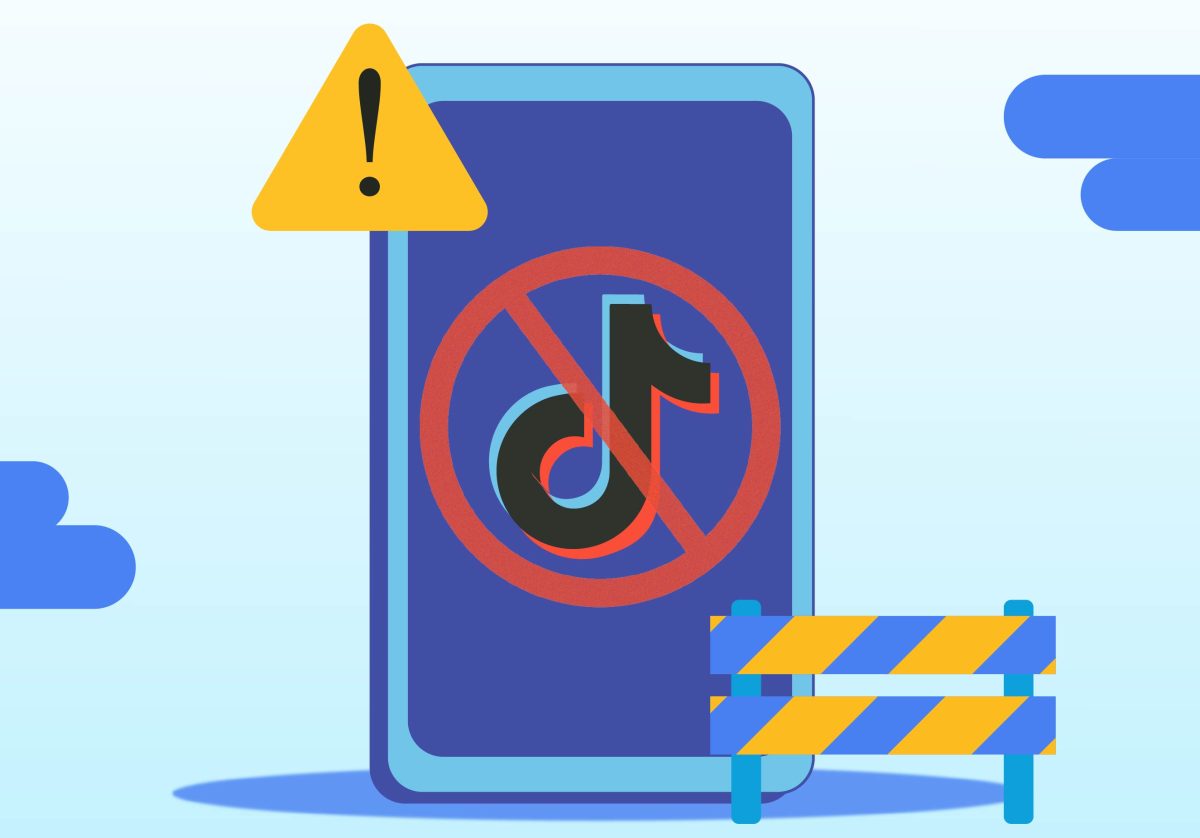Students nationally are discovering that classroom technology helps them, but only if instructors use it right, according to a survey released this month.
Of more than 6,000 students polled across 36 campuses, 77 percent said their grades improved through web-based course material and online classroom managing sites like Moodle, according to the National Lone Star Report on Aligning Technology with Student Success.
The survey showed that the positive results were strongly tied to proper use of the technology.
Overall, students in the report said three major issues affected their academic success: lack of progress updates, lack of technology availability and lack of instructors who know how to use the technology, Lone Star spokeswoman Marian Burkhart said.
Students reported the greatest challenge they face is learning how to use campus technologies and troubleshooting issues as they arise.
About 13 percent said they were dissatisfied with online course management websites, more than any other technology. About 25 percent of students
had missed an assignment deadline because of website problems, according to the survey.
The Lone Star survey didnâÄôt encompass the University of Minnesota, but periodically the school conducts its own technology surveys which show similar results.
University students and faculty reported similar âÄúpositive attitudesâÄù toward technology on campus, said J.D. Walker, a manager at the UniversityâÄôs Office of Information Technology.
Students have experience with technology that is âÄúa mile wide and an inch deep,âÄù Walker said, adding students lacked troubleshooting expertise because they tend to learn things on a âÄúneed-to-know
basisâÄù throughout their schooling.
University students still prefer face-to-face contact in the classroom over impersonal online courses and material, Walker said.
Course management websites like Moodle can be âÄúhit or miss,âÄù said agricultural studies student Rachel Johansen. She liked that lecture slides are now available online since many instructors âÄúspeak way too fast,âÄù but said not every course uses it efficiently.
The University also polls its faculty members about their in-class technology use and any barriers preventing them from making effective use of campus resources, Walker said.
According to the most recent University studies, faculty, staff and administrators reported a âÄúrelatively low rateâÄù of technical issues and strong concerns about standardization between course websites.
University departments try to ensure faculty know how to use classroom technology, said David Ernst, a director at the UniversityâÄôs College of Education and Human Development.
The CEHD uses its Academic Technology Services to help faculty make effective use of course technology, he said.
Anytime an instructor needs help with an iPad, video presentation or course website, the college ensures they get what they need, he said.
CEHD aids instructors with improving the classroom experience for the deaf and those taking online classes.
âÄúIt’s not just about technology. It’s about better teaching and learning, and helping students,âÄù Ernst said. âÄúTechnology is just the tool.âÄù
This yearâÄôs OIT survey is just finishing, and itâÄôs the first time all five University campuses are being polled.







